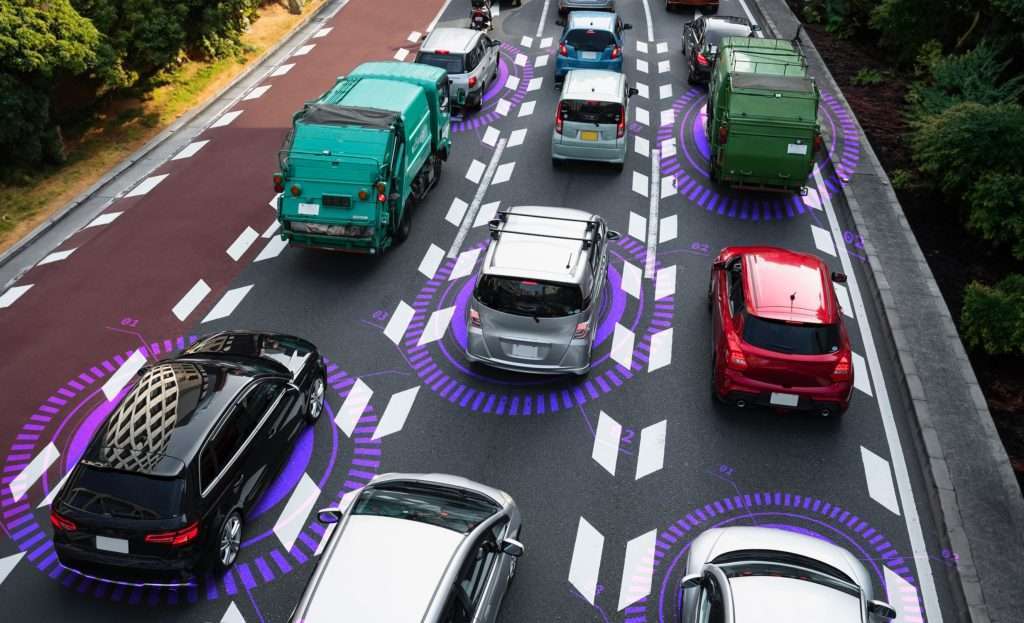If you work in the tech industry, particularly in roles focusing on automating content creation or leveraging generative AI for enhanced creativity, you’ve likely come across the terms “machine learning” and “deep learning.” Understanding their distinctions and applications is crucial for staying ahead in AI innovation.
Summary
- Understanding Machine Learning
- Unveiling Deep Learning
- Comparing Machine Learning and Deep Learning
- Applications in Generative AI
Understanding Machine Learning
Often used interchangeably with artificial intelligence, machine learning is a branch of AI that gives computers the ability to learn and adapt automatically from data inputs and experience.
At its core, machine learning relies on algorithms and statistics. The key concept involves feeding the machine ample data, enabling it to analyze, learn, and make informed predictions.
Take the instance of IBM Watson for example. In 2011, it beat two Jeopardy champions by analyzing vast amounts of data and learning to make accurate predictions.
Types of Machine Learning Algorithms
Various types of machine learning algorithms, including regression, classification, and clustering, serve distinct roles in data analysis.
For instance, companies like Amazon and Netflix use regression algorithms to provide personalized recommendations by analyzing user behavior and predicting preferences.
Application of Machine Learning
All around us, there are examples of AI powered by machine learning. This includes everything from Google’s search engine to personalized advertisement systems.
A classic case of machine learning application is seen in credit card fraud detection. The algorithm analyses hundreds of features from a customer’s profile and past purchases to detect any unusual patterns.

Limitations of Machine Learning
Although powerful, machine learning has its limitations. It requires structured and labeled input data, and may sometimes fail to deliver optimal outcomes on complex tasks.
Moreover, traditional machine learning algorithms might struggle with unstructured data like images, videos, and raw text.
Unveiling Deep Learning
Deep learning, a branch of machine learning, propels the field of AI forward, notably enhancing precision in tasks such as image recognition, voice identification, and natural language processing.
Mimicking the human brain, deep learning models employ artificial neural networks. These networks consist of layers of interconnected neurons that receive, process, and transmit information to subsequent layers.
Consider the use of deep learning by Tesla for its autonomous vehicles. A deep learning algorithm processes images from vehicle cameras to identify objects and traffic signs, assisting in autonomous navigation.

Deep Learning Algorithms & Architectures
The layered structure of algorithms used in deep learning models is known as an artificial neural network (ANN). These networks have hidden layers that help in a detailed analysis of the data.
A clear example can be found in speech recognition technology. Here, a deep learning model identifies individual sounds, clusters them into syllables, and then forms words and sentences, accurately converting speech into text.
Advantages Over Traditional Machine Learning
Deep learning algorithms can automatically learn and improve from any kind of data – structured or unstructured – making them versatile and broadly applicable.
One key area where this can be observed is in Natural Language Processing (NLP). Companies such as Google use deep learning for sentiment analysis, automatically understanding user queries and generating better, more accurate search results.
The Challenge With Deep Learning
The extensive data and high computational power required can act as a barrier for some enterprises. Also, training a deep learning network is time-consuming and requires proficiency in coding and understanding of complex algorithms.
Levity is a company that has addressed this challenge by providing a platform for training AI models on image, document, and text data without writing a single line of code.
Comparing Machine Learning and Deep Learning
While both these technologies lie under the umbrella of AI, they have their unique features and applications, and knowing their differences is crucial for effective use in the generative AI industry.
Requirement of Data
Machine learning operates well on smaller datasets, while deep learning requires larger amounts of data for effective results.
For example, a machine learning model can predict if an email is spam or not by analyzing a few hundred emails, whereas a deep learning algorithm may require thousands of emails to predict the same with a comparable degree of accuracy.
Computational Resources
Deep learning algorithms require high-performance GPUs and large amounts of memory, making them more resource-intensive than machine learning algorithms.
This is visible in advances like Google’s DeepMind, which used vast computational resources to train its AlphaGo program to win the complex game of Go against the reigning world champion.
Feature Engineering
In machine learning, individuals need to manually extract features from data, whereas deep learning algorithms automatically extract high-level features from the data.
An image classification task, for instance, would require a machine learning model to have manually set features such as edge detection or color histograms. A deep learning model, however, would learn these features on its own by processing the raw image pixels.
Interpretability
Machine learning models are typically more interpretable and transparent than deep learning models, which are often termed “black boxes” due to their incomprehensible nature.
For instance, in a data science project predicting real estate prices, a machine learning model can show the influence of factors like location or property size, while a deep learning model would provide less direct insight into the rationale behind its predictions.
Applications in Generative AI
Both machine learning and deep learning play a vital role in shaping the future of the generative AI industry, offering solutions for content creation, creativity enhancement, and more.
Content Generation
Deep learning can revolutionize content creation, enabling the generation of text, images, and even sound. This could lead to the development of AI authors, illustrators, and composers.
A real-world example is GPT-3, an AI model developed by OpenAI that can generate human-like text based on the input provided.

Creativity Enhancement
Deep learning can be used to enhance human creativity by providing new tools and insights. It can, for example, provide suggestions for a designer, or compose a piece of music based on an artist’s style.
The sky is the limit when it comes to creativity enhancement. Companies like Magenta, use deep learning to enable artists to push the boundaries of what is possible with new AI tools.
Customized Recommendations
Machine learning has forever changed how it recommends products and services to users, enabling personalization at an unprecedented scale.
On e-commerce platforms like Amazon or streaming services such as Netflix, customized recommendations have significantly improved user experience and engagement rates.
Data-Driven Decision Making
Both machine learning and deep learning can play pivotal roles in improving data-driven decision-making, allowing businesses to understand customer needs, predict market trends, and optimize operations.
A variety of industries from healthcare to finance are finding benefits in using AI to make data-driven decisions. Primarily in areas such as patient diagnosis in healthcare or risk management in finance.
Conclusion
In conclusion, delving into machine learning and deep learning provides insights into their applications in the generative AI industry. Understanding their capabilities and constraints enables effective leverage for your enterprise.
Remember, the choice between the two depends on your specific needs, available resources, and the problem at hand. It’s not about superiority but rather suitability for your specific application.
- The Agentic Startup Manifesto - June 8, 2025
- Remote Hiring in 2025 - April 5, 2025
- Burnout in Remote Teams: How It’s Draining Your Profits - January 27, 2025
